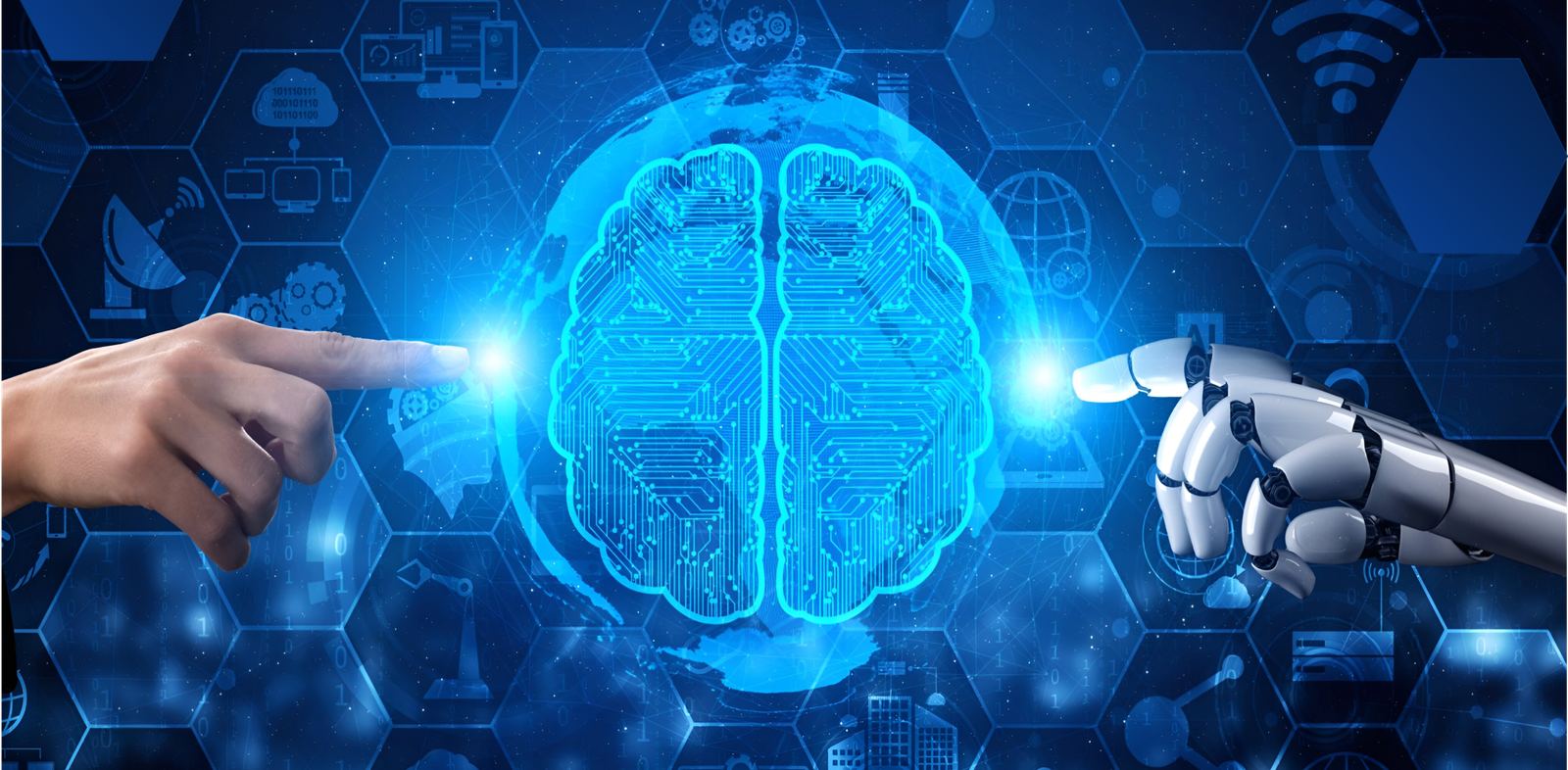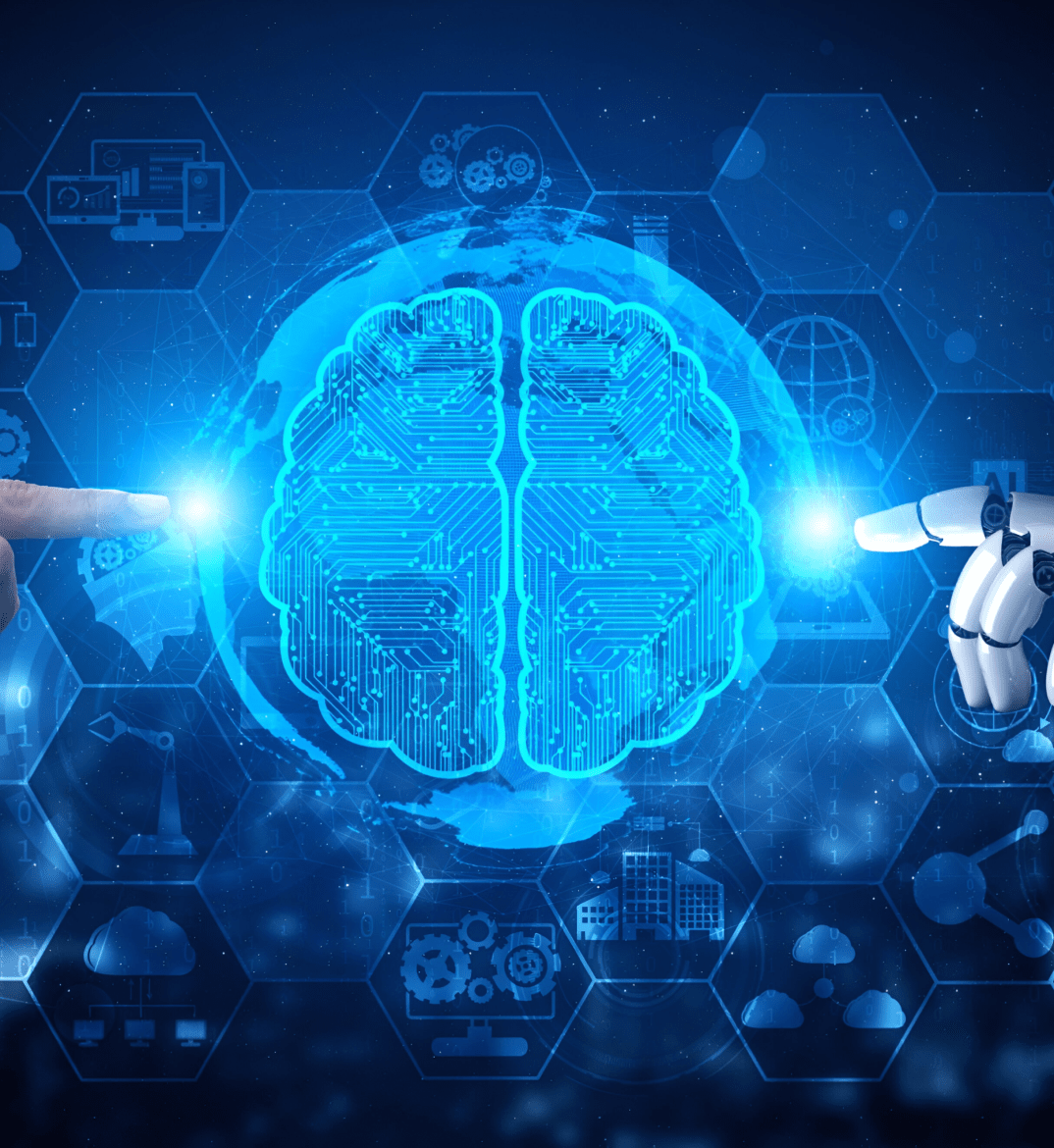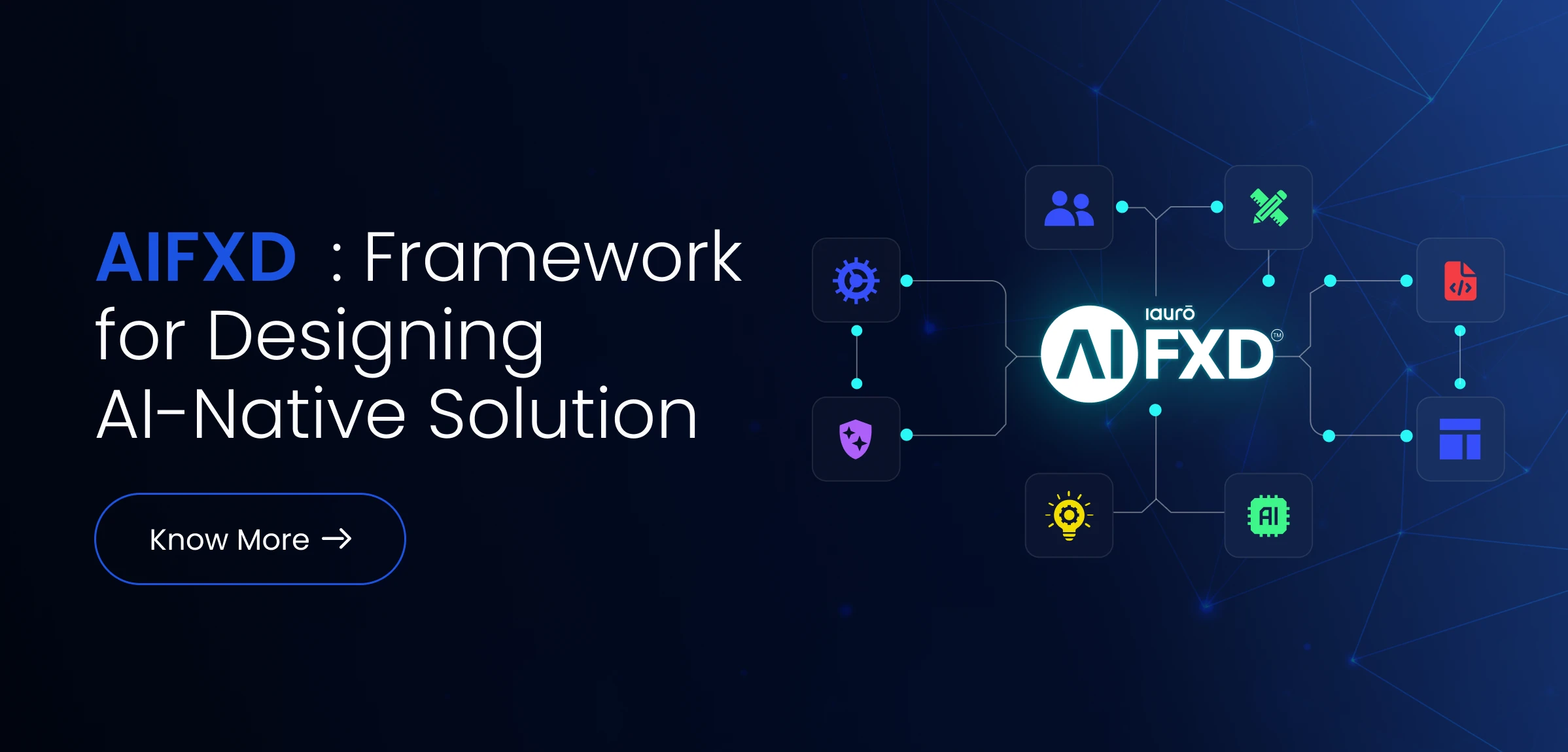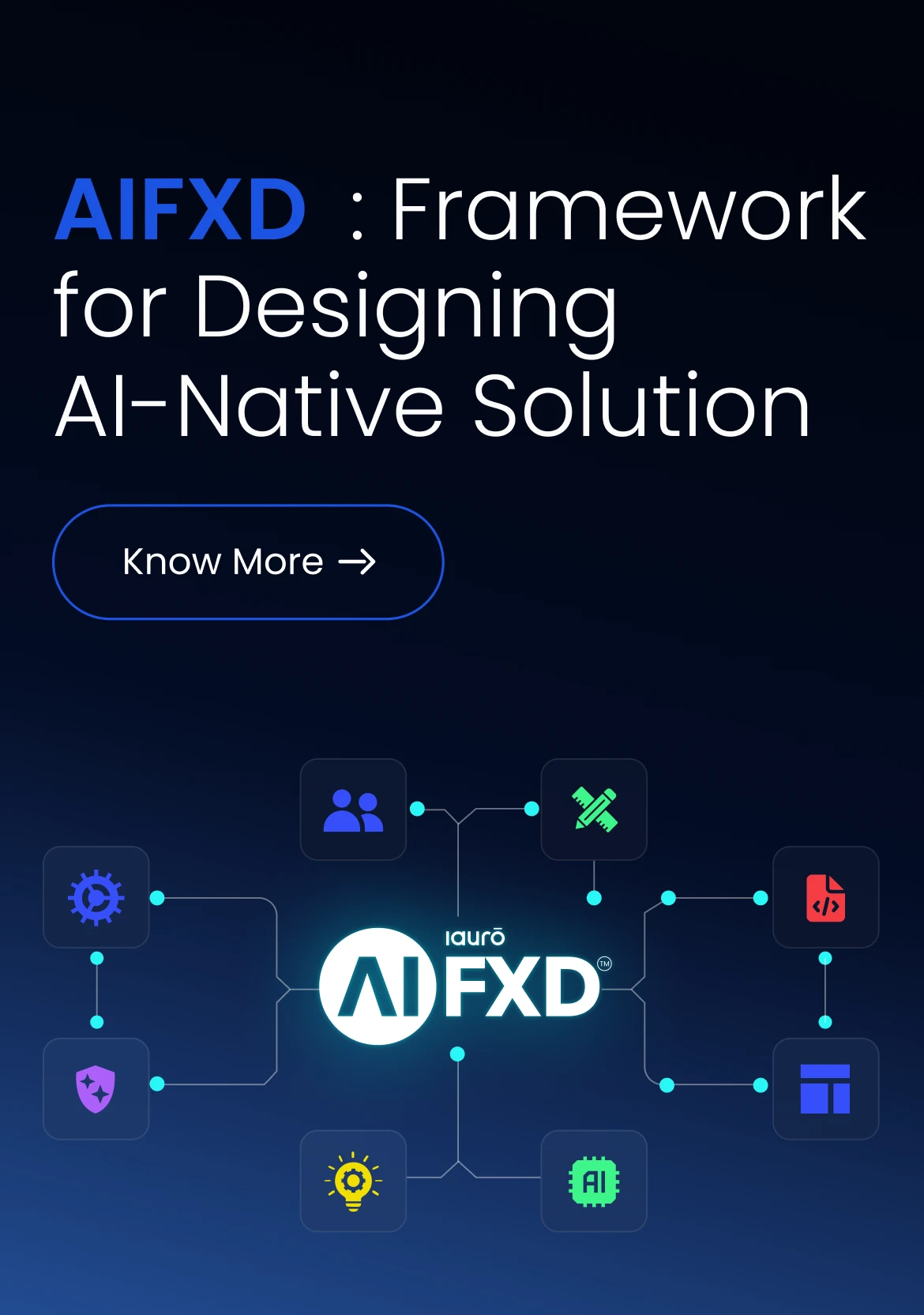How Generative AI can Augment Human Creativity

Generative AI is revolutionizing the way we think about creativity. Traditionally, creativity has been seen as a uniquely human attribute, driven by imagination, intuition, and experience. However, advancements in artificial intelligence have opened new avenues for human-machine collaboration. Generative AI, a subset of AI that creates new content, such as text, images, music, and ideas, empowers individuals and organizations to break creative boundaries.
This blog explores how generative AI enhances human creativity, its practical applications, challenges, and what the future holds.
Understanding Generative AI
Generative AI refers to a system of artificial intelligence, which uses algorithms to produce new and original content based on patterns identified in existing data. Unlike traditional AI, generative AI can create novel outputs because it does not function according to pre-defined rules.
For instance, tools like OpenAI’s GPT (Generative Pre-trained Transformer) or DALL·E generate human-like text and visuals, respectively. These technologies use machine learning models trained on vast datasets to understand context and generate meaningful outputs.
Key Features of Generative AI:
- Adaptability: Generative AI learns from different datasets and adapts different creative needs.
- Efficiency: It accelerates workflows, automating repetitive or labor-intensive work.
- Scalability: Generative AI can produce content at scale, catering to large audiences.
How Generative AI Enhances Human Creativity
1. Providing Fresh Ideas
Creativity often involves exploring new ideas or perspectives. Generative AI can analyze vast amounts of data to uncover insights and suggest ideas that humans might not consider. For example, designers can use AI to generate unique design concepts based on specific parameters, enabling them to break free from creative blocks.
2. Automating Repetitive Tasks
In creative fields, mundane tasks like drafting initial content, editing, or formatting take up a lot of time. The generative AI tools can work on these tasks much better, and the creator’s time can be spent in higher-order creative activities. For example:
- Writers can use AI to write outlines or initial content.
- Visual artists can use AI to automate color grading or pattern creation.
3. Challenging Biases and Assumptions
Humans often work within the boundaries of their experiences and biases. Generative AI, by its ability to analyze different datasets, can break the assumption by giving an alternative perspective. This will lead to more inclusive and innovative creative outputs.
4. Enhancing Collaboration
Generative AI is more of a creative partner. It could give suggestions and iterations and, for instance, in brainstorming sessions, it might provide a starting point or expand the ideas to be developed, creating a more vibrant and collaborative environment.
Real-World Applications of Generative AI in Creativity
1. Art and Design
Artists and designers are increasingly using generative AI to experiment with new styles and concepts. Tools like DALL·E and DeepArt allow creators to generate unique visuals based on textual descriptions or existing images. This not only speeds up the creative process but also opens up entirely new artistic possibilities.
2. Writing and Content Creation
Generative AI tools, such as ChatGPT, help writers brainstorm ideas, develop narratives, and create high-quality content. They are particularly useful in marketing, journalism, and creative writing, where they can:
- Create catchy headlines.
- Draft social media posts.
- Develop plotlines for stories.
3. Music Composition
AI-driven platforms like AIVA (Artificial Intelligence Virtual Artist) help musicians compose original pieces. These tools analyze music theory and existing compositions to create melodies, harmonies, and even full orchestral arrangements.
- Creating interactive storylines and characters.
- Producing realistic graphics and virtual environments.
- Personalizing gaming experiences based on player behavior.
4.Advertising and Marketing
The GenAI revolutionized the domain of advertisement since this creates personalized advertisements and delivers content to a desired group by analyzing consumer data for appropriate campaign creation. Tailor-made advertisements result in high levels of engagement with good deliverables.
5.Gaming and Virtual Reality
In the gaming industry, generative AI creates immersive environments, characters, and storylines. AI tools can design unique game levels or generate realistic NPC (non-playable character) behaviors, enriching the gaming experience.
Challenges and Ethical Considerations
While generative AI offers immense potential, it also presents several challenges:
1. Quality Control
AI-generated content, while impressive, may lack the nuance and depth of human-created work. Ensuring quality and relevance requires human oversight and refinement.
2. Ethical Concerns
The use of AI in creative fields raises questions about authorship and originality. Who owns the copyright for AI-generated content—the creator of the AI, the user, or the AI itself? Moreover, there is a risk of perpetuating biases present in training datasets.
3. Dependence on Data
Generative AI’s effectiveness relies heavily on the quality of its training data. Biased or incomplete datasets can lead to suboptimal or even harmful outputs.
4. Human-AI Integration
Balancing AI-generated suggestions with human intuition and expertise is crucial. Over-reliance on AI may stifle genuine human creativity and innovation.
Future Prospects of Generative AI in Creativity
The future of generative AI is filled with possibilities. As technology advances, AI will likely become even more intuitive and capable of seamlessly integrating into creative workflows. Potential developments include:
- Improved Collaboration: AI systems that understand and adapt to individual creative styles.
- Greater Personalization: Tools that produce highly customized content for specific audiences or creators.
- Cross-Disciplinary Innovation: Generative AI fostering collaboration across different creative fields, such as art, science, and technology.
Conclusion
Generative AI is not here to replace human creativity but to enhance it. By automating routine tasks, generating fresh ideas, and challenging traditional boundaries, AI empowers creators to achieve more. However, to fully harness its potential, it’s essential to address the associated challenges and ethical considerations.
As we move forward, the partnership between human ingenuity and machine intelligence promises to unlock a new era of creativity, where the possibilities are as limitless as our imaginations.
How Generative AI can Augment Human Creativity

Generative AI is revolutionizing the way we think about creativity. Traditionally, creativity has been seen as a uniquely human attribute, driven by imagination, intuition, and experience. However, advancements in artificial intelligence have opened new avenues for human-machine collaboration. Generative AI, a subset of AI that creates new content, such as text, images, music, and ideas, empowers individuals and organizations to break creative boundaries.
This blog explores how generative AI enhances human creativity, its practical applications, challenges, and what the future holds.
Understanding Generative AI
Generative AI refers to a system of artificial intelligence, which uses algorithms to produce new and original content based on patterns identified in existing data. Unlike traditional AI, generative AI can create novel outputs because it does not function according to pre-defined rules.
For instance, tools like OpenAI’s GPT (Generative Pre-trained Transformer) or DALL·E generate human-like text and visuals, respectively. These technologies use machine learning models trained on vast datasets to understand context and generate meaningful outputs.
Key Features of Generative AI:
- Adaptability: Generative AI learns from different datasets and adapts different creative needs.
- Efficiency: It accelerates workflows, automating repetitive or labor-intensive work.
- Scalability: Generative AI can produce content at scale, catering to large audiences.
How Generative AI Enhances Human Creativity
1.Providing Fresh Ideas
Creativity often involves exploring new ideas or perspectives. Generative AI can analyze vast amounts of data to uncover insights and suggest ideas that humans might not consider. For example, designers can use AI to generate unique design concepts based on specific parameters, enabling them to break free from creative blocks.
2. Automating Repetitive Tasks
In creative fields, mundane tasks like drafting initial content, editing, or formatting take up a lot of time. The generative AI tools can work on these tasks much better, and the creator’s time can be spent in higher-order creative activities. For example:
- Writers can use AI to write outlines or initial content.
- Visual artists can use AI to automate color grading or pattern creation.
3. Challenging Biases and Assumptions
Humans often work within the boundaries of their experiences and biases. Generative AI, by its ability to analyze different datasets, can break the assumption by giving an alternative perspective. This will lead to more inclusive and innovative creative outputs.
4. Enhancing Collaboration
Generative AI is more of a creative partner. It could give suggestions and iterations and, for instance, in brainstorming sessions, it might provide a starting point or expand the ideas to be developed, creating a more vibrant and collaborative environment.
Real-World Applications of Generative AI in Creativity
1. Art and Design
Artists and designers are increasingly using generative AI to experiment with new styles and concepts. Tools like DALL·E and DeepArt allow creators to generate unique visuals based on textual descriptions or existing images. This not only speeds up the creative process but also opens up entirely new artistic possibilities.
2. Writing and Content Creation
Generative AI tools, such as ChatGPT, help writers brainstorm ideas, develop narratives, and create high-quality content. They are particularly useful in marketing, journalism, and creative writing, where they can:
- Create catchy headlines.
- Draft social media posts.
- Develop plotlines for stories.
3. Music Composition
AI-driven platforms like AIVA (Artificial Intelligence Virtual Artist) help musicians compose original pieces. These tools analyze music theory and existing compositions to create melodies, harmonies, and even full orchestral arrangements.
- Creating interactive storylines and characters.
- Producing realistic graphics and virtual environments.
- Personalizing gaming experiences based on player behavior.
4. Advertising and Marketing
The GenAI revolutionized the domain of advertisement since this creates personalized advertisements and delivers content to a desired group by analyzing consumer data for appropriate campaign creation. Tailor-made advertisements result in high levels of engagement with good deliverables.
5. Gaming and Virtual Reality
In the gaming industry, generative AI creates immersive environments, characters, and storylines. AI tools can design unique game levels or generate realistic NPC (non-playable character) behaviors, enriching the gaming experience.
Challenges and Ethical Considerations
While generative AI offers immense potential, it also presents several challenges:
1. Quality Control
AI-generated content, while impressive, may lack the nuance and depth of human-created work. Ensuring quality and relevance requires human oversight and refinement.
2. Ethical Concerns
AI models trained on biased datasets may perpetuate stereotypes. Businesses must invest in ethical AI practices to maintain user trust.
3. Dependence on Data
Generative AI’s effectiveness relies heavily on the quality of its training data. Biased or incomplete datasets can lead to suboptimal or even harmful outputs.
4. Human-AI Integration
Balancing AI-generated suggestions with human intuition and expertise is crucial. Over-reliance on AI may stifle genuine human creativity and innovation.
Future Prospects of Generative AI in Creativity
The future of generative AI is filled with possibilities. As technology advances, AI will likely become even more intuitive and capable of seamlessly integrating into creative workflows. Potential developments include:
- Improved Collaboration: AI systems that understand and adapt to individual creative styles.
- Greater Personalization: Tools that produce highly customized content for specific audiences or creators.
- Cross-Disciplinary Innovation: Generative AI fostering collaboration across different creative fields, such as art, science, and technology.
Conclusion
Generative AI is not here to replace human creativity but to enhance it. By automating routine tasks, generating fresh ideas, and challenging traditional boundaries, AI empowers creators to achieve more. However, to fully harness its potential, it’s essential to address the associated challenges and ethical considerations.
As we move forward, the partnership between human ingenuity and machine intelligence promises to unlock a new era of creativity, where the possibilities are as limitless as our imaginations.
Ready to transform your
business with cutting-edge
software solutions?
Let’s connect and explore
how our expertise can elevate your business

